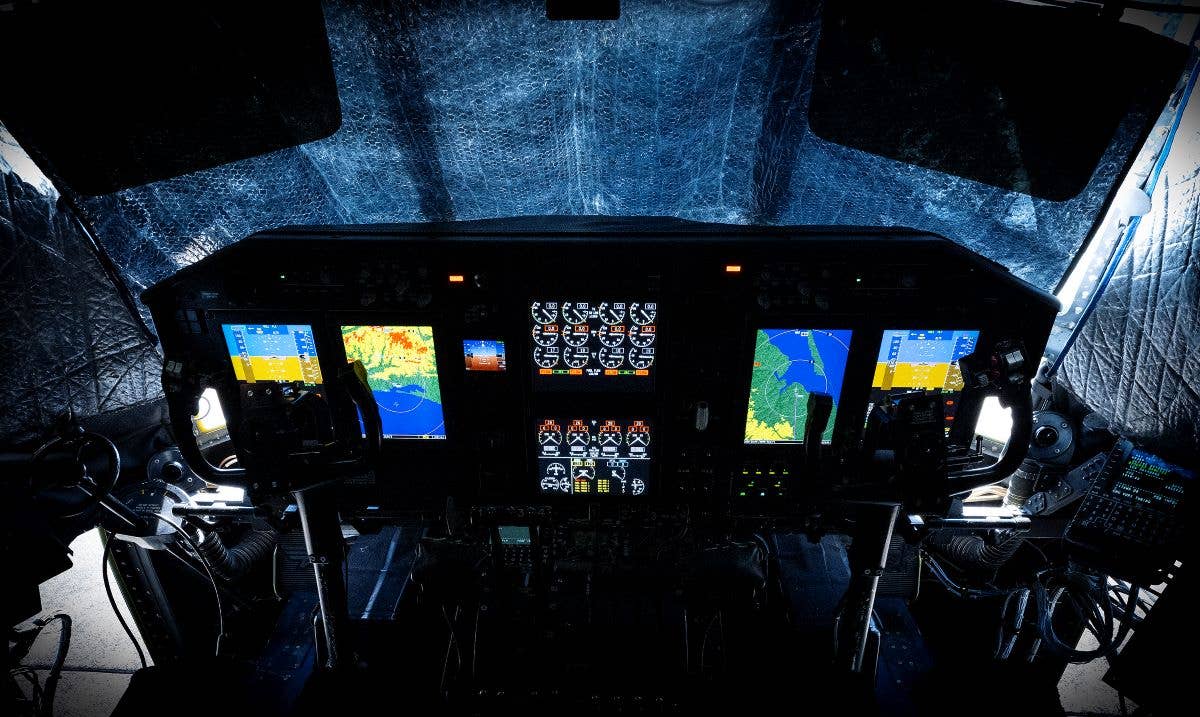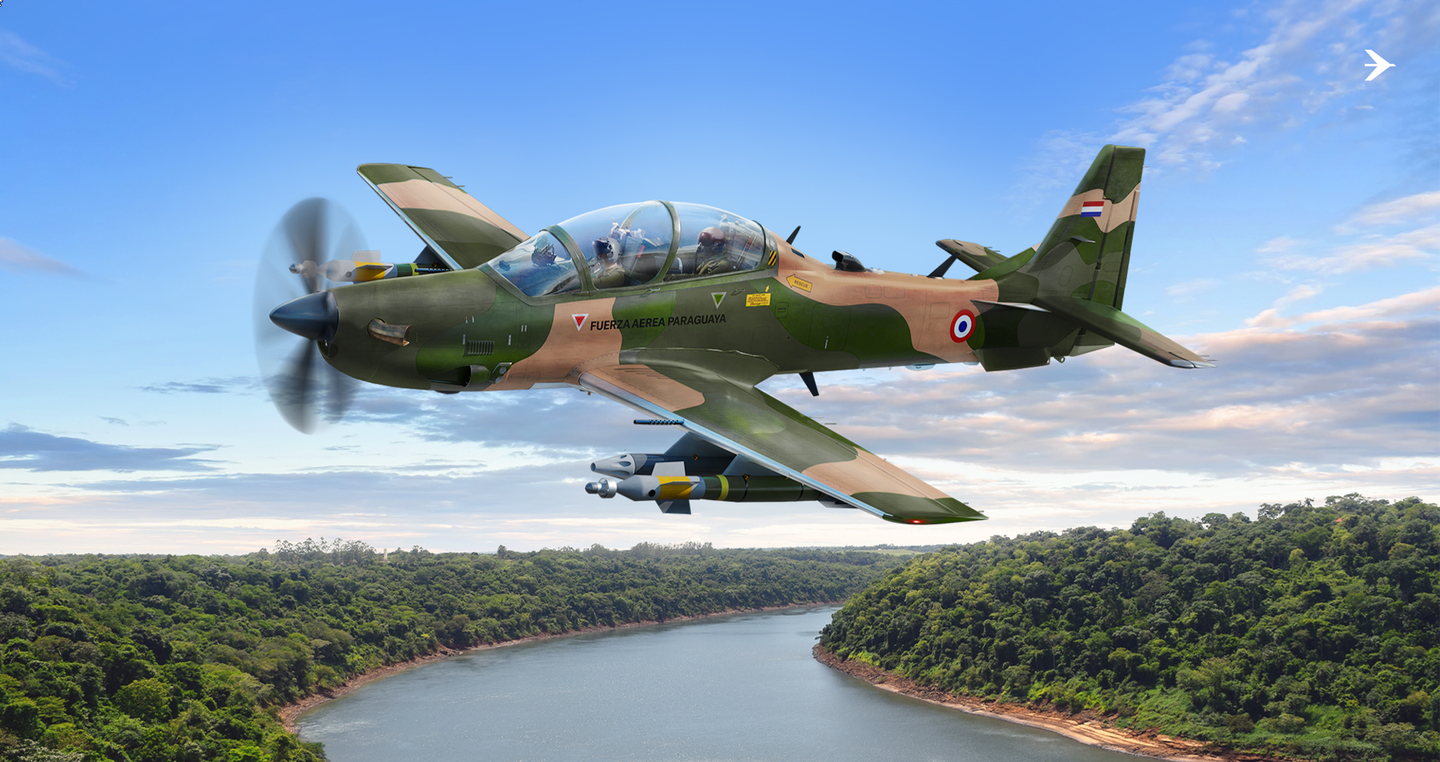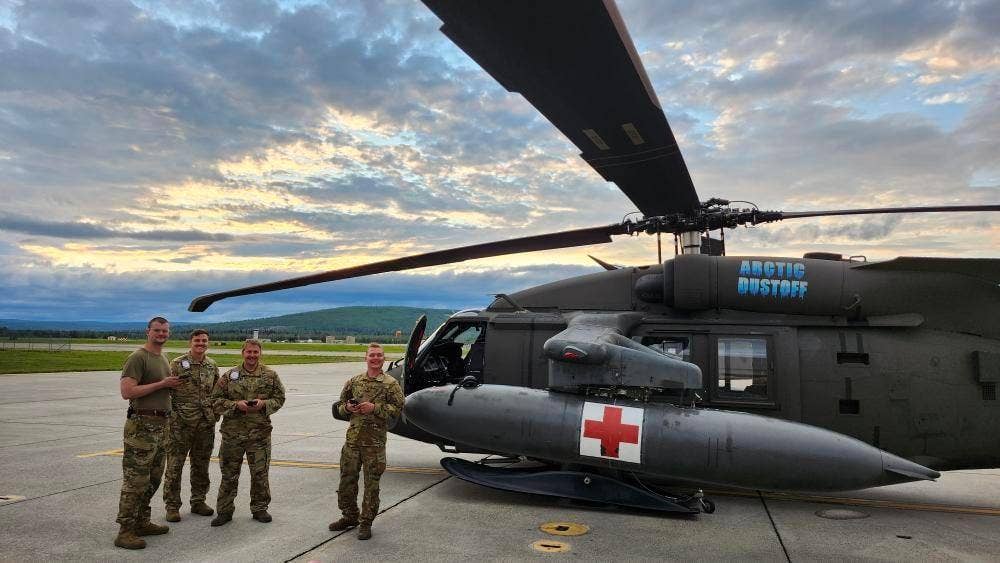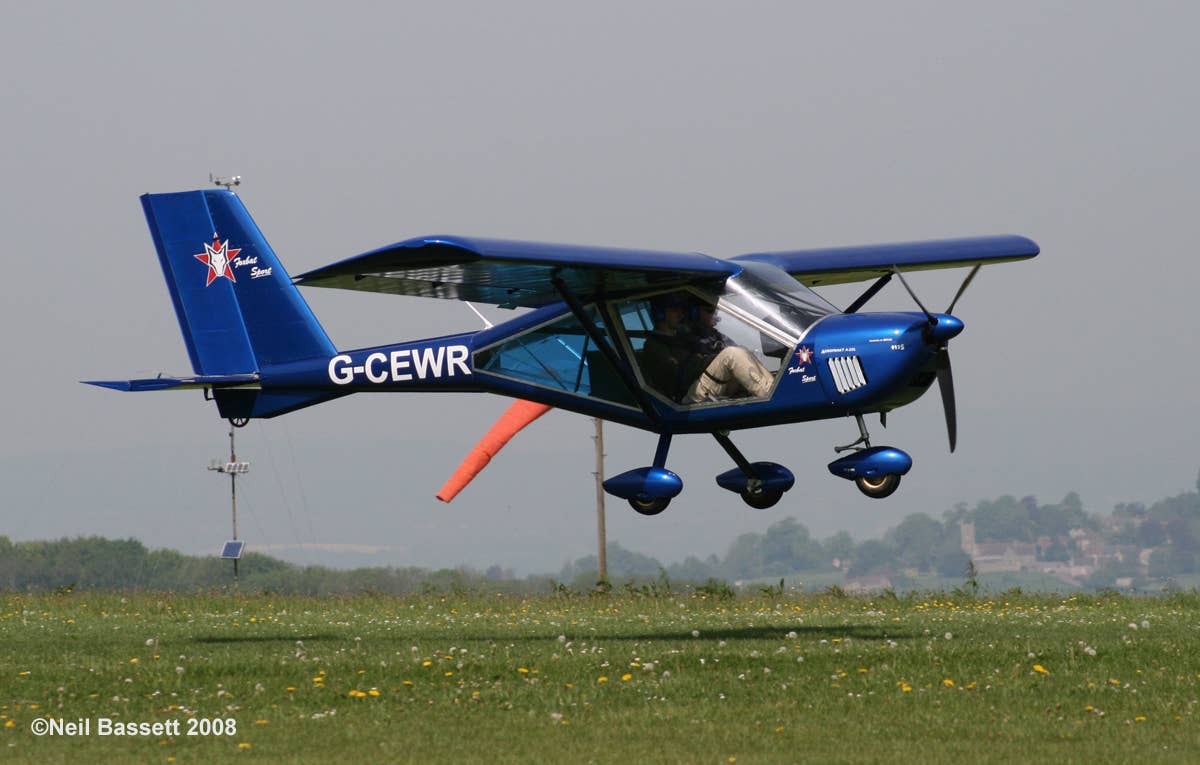Air Force Tests C-130H Digital Panel Upgrades
The modernization effort updates the heavy lift aircraft’s 60-year-old avionics with new flight management systems, autopilot, and digital engine instruments.

The newly all-digital C-130H cockpit sits ready for its next test flight at Eglin Air Force Base, Florida. The major upgrade, called Avionics Modernization Program Increment 2, is a significant improvement to the almost 60-year-old aircraft’s avionics and navigation systems. [Courtesy: U.S. Air Force]
U.S. Air Force Reserve Command pilots at Eglin Air Force Base, Florida, have started testing new digital upgrades to the nearly 60-year-old C-130H’s analog navigation and avionics systems.
Gone are the three analog gauges and in their place are six new multifunctional displays that work together through the aircraft's flight deck.
“This is much larger than just a software or hardware upgrade,” Major Jacob Duede, 417th Flight Test Squadron (FLTS) experimental test pilot, said in a statement. “It’s reconstructing and modernizing the aircraft’s entire cockpit area.”
The upgrades, which cost about $7 million per aircraft, include a new flight management system, autopilot, large glass multifunctional displays, digital engine instruments, digital backbone, and integrated terrain awareness and warning system (ITWAS), the Air Force said Tuesday. Over the next five years, nearly two dozen Air Force Reserve and 54 Air National Guard C-130H aircraft are set to receive the digital upgrades, called Avionics Modernization Program Increment 2.
“This modification completely changes the interface for the crew to employ the C-130H,” Duede said. “Aircrew essentially had to print the directions before flying and then type the information in using latitude and longitude or use ground-based navigation aids. This new mod is the newest GPS navigation with a by name search function and autopilot, all built into the aircraft.”
According to the Air Force, the ability to modify flight plans is one of the most impactful upgrades for pilots, who otherwise have had to modify flight plans by coordinating with air traffic control before looking up new coordinates in latitude and longitude on a separate device and then manually entering them into the aircraft.
The old way of modifying flight plans could take anywhere from 30 seconds to three minutes, Duede said. The digital upgrades reduce the process to less than 30 seconds by using only a hand controller.
“This is an entirely new system,” Caleb Reeves, 417th Flight Test Squadron (FLTS) test engineer, said in a statement. “Everything we’re testing here is being done for the first time ever in this aircraft. We’re also examining if these untried systems perform in the ways we thought they would or not. That data allows us to adjust our testing and provide feedback to the manufacturer.”

Subscribe to Our Newsletter
Get the latest FLYING stories delivered directly to your inbox






